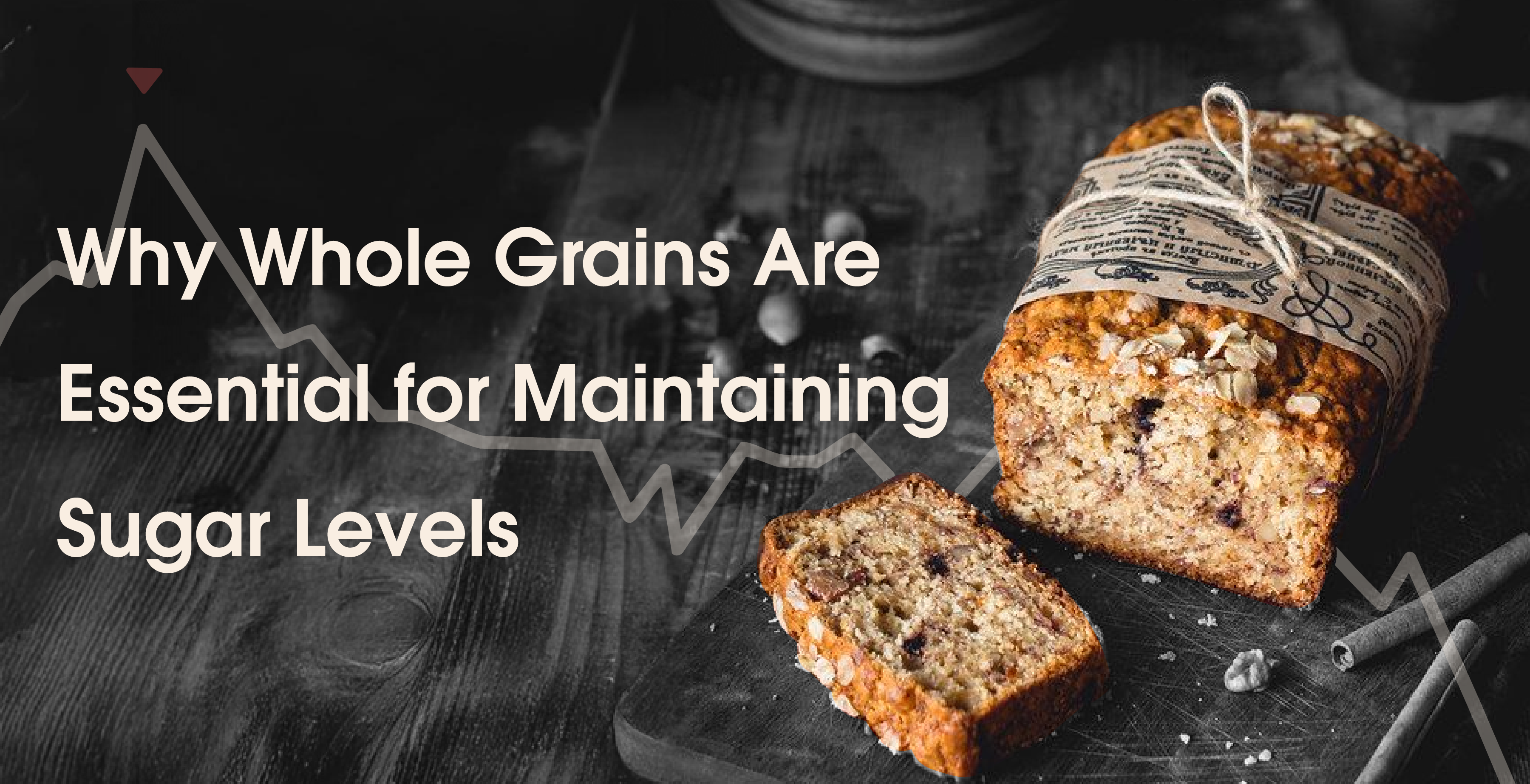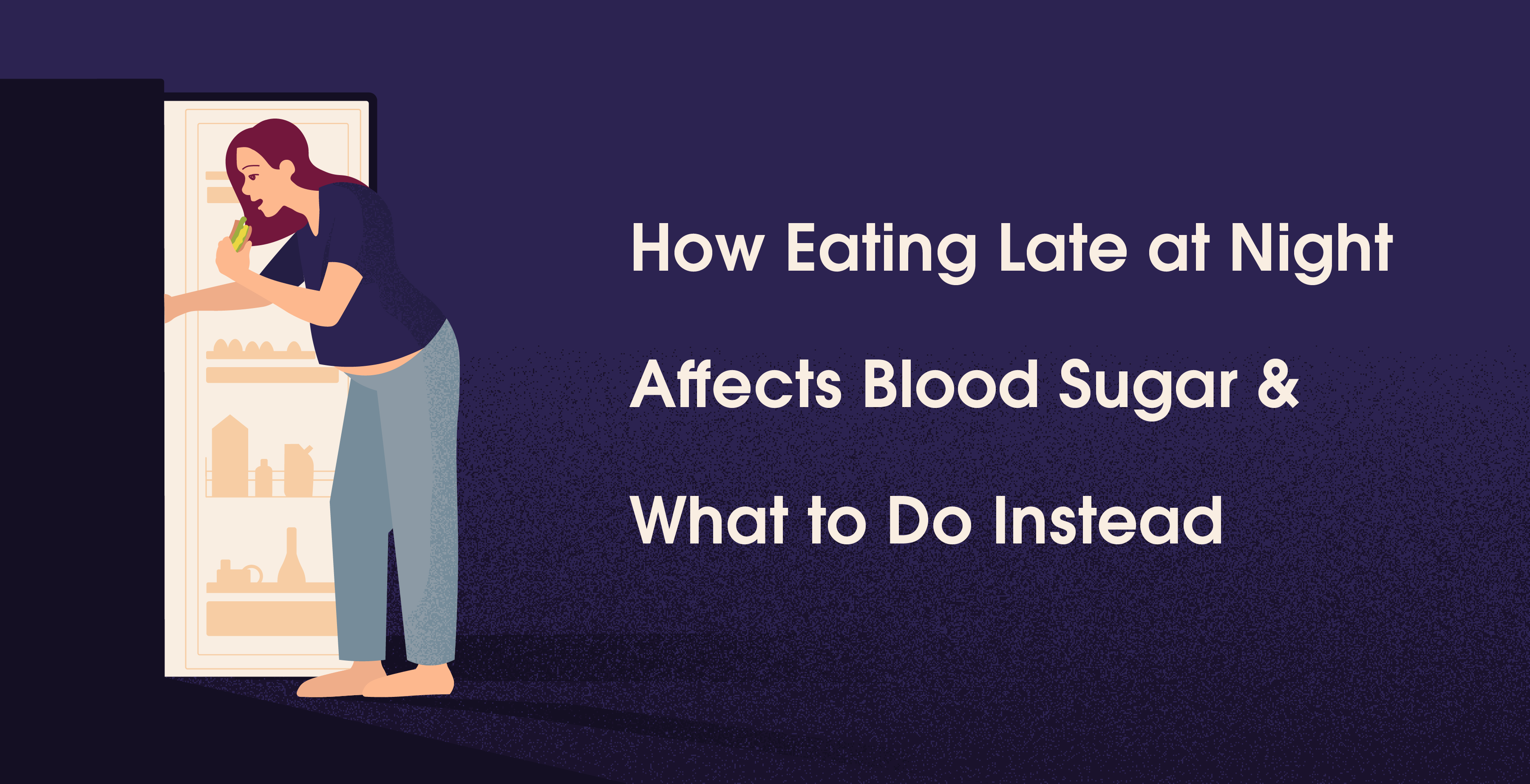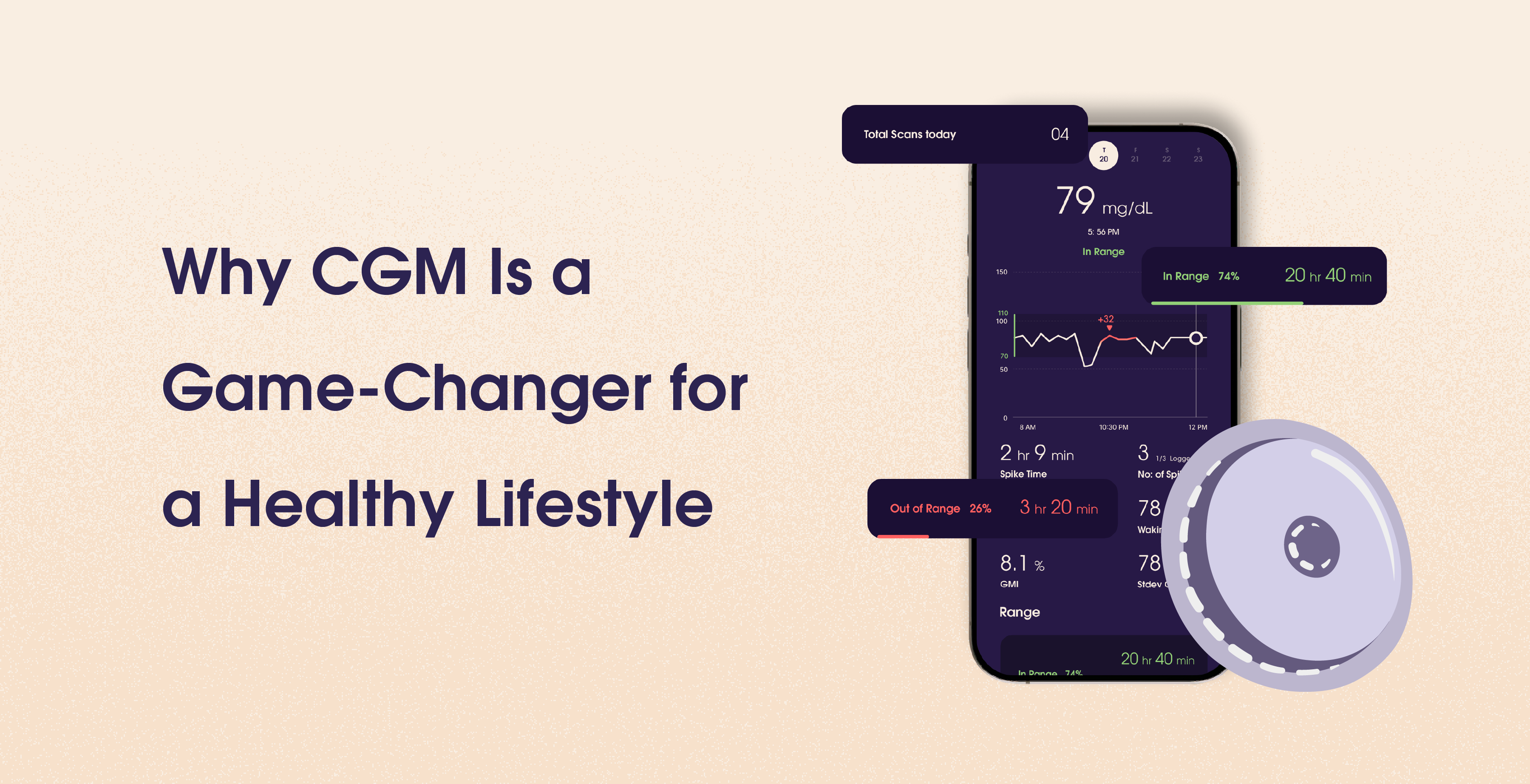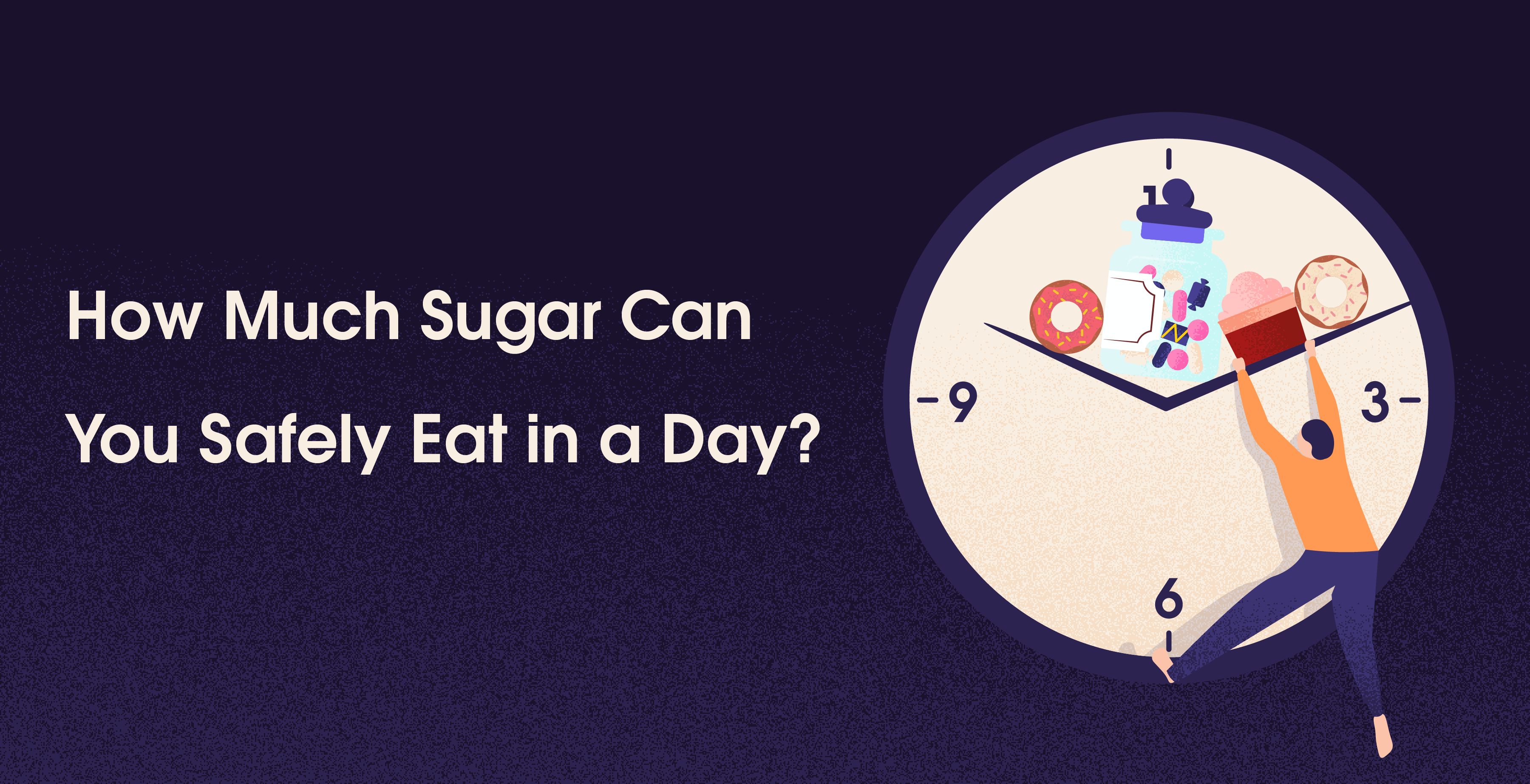Why You Should Eat Whole Grain to Maintain Sugar Levels
Jan 15, 2025
Sayfali Rawlani

Table Of Contents
Managing blood sugar is no joke. It’s a tightrope walk that demands balance, consistency, and smart choices. One food group, often overlooked but worth its weight in gold, is whole grains. These humble pantry staples can be your secret weapon against sugar spikes and crashes. But wait—before you roll your eyes and think, “Not another health food sermon,” hear me out. Whole grains are way cooler than you’ve been led to believe.
Highlights
Whole grains retain their natural components—bran, germ, and endosperm—making them a slow-release energy source.
Unlike refined carbs, whole grains help maintain steady energy levels without causing sugar crashes.
Packed with fiber, they slow digestion and prevent rapid sugar spikes, promoting a feeling of fullness.
Nutrients like magnesium and chromium in whole grains support insulin effectiveness and glucose metabolism.
Easy swaps like whole-wheat pasta, brown rice, or sprouted grain bread can elevate your meals without sacrificing taste.
Whole grains stabilize blood sugar levels, offering a sustainable energy boost compared to refined alternatives.
Versatile and flavorful, whole grains can be enjoyed in dishes like oatmeal, grain bowls, or hearty breads.
Incorporating small changes, like replacing refined carbs with whole-grain options, can have significant health benefits over time.
Eating whole grains supports long-term energy and well-being, making them a key part of a balanced diet.
Reasons To Eat Whole Grain To Maintain Sugar Level
Whole Grains- More Than Just "Healthy"
Let’s start with a basic truth: whole grains are the rockstars of the carb world. They’re not your average bread loaf or overly-processed cereal masquerading as healthy. Whole grains come packed with their natural armor—bran, germ, and endosperm—all intact. Think of them as nature’s slow-release sugar regulators, helping you sidestep that dreaded energy crash after a meal.
Unlike their refined cousins (we’re looking at you, white bread), whole grains break down slowly in your system. It’s like having a slow-drip coffee versus chugging a triple espresso—smooth, steady energy instead of a jittery rush.
The Fiber Fix
Fibe is a magician when it comes to managing sugar levels. Whole grains are loaded with it. Think oats, quinoa, brown rice, and whole-wheat everything. Fiber slows down digestion, which means sugar doesn’t get dumped into your bloodstream all at once like an unruly crowd at a concert. Instead, it trickles in, keeping your levels steady and your mood even-keeled.
And you know what’s even better? Fiber makes you feel full for longer. That means fewer snack attacks where you find yourself elbow-deep in a bag of chips wondering, How did I get here?
Nutrients
Whole grains don’t just stop at fiber—they’re brimming with a lineup of nutrients that do more than just play backup. Magnesium, for instance, is a quiet hero in blood sugar regulation. It helps your body use insulin effectively, which is key to keeping things in check.
Then there’s chromium, another underdog that supports glucose metabolism. It’s like these grains are holding a team meeting in your body, figuring out the best way to keep you energized without overloading your system.
Swapping, Not Sacrificing
You don’t have to toss out your favorite dishes to include whole grains. It’s more about swapping than sacrificing. Love pasta? Go for whole-wheat or chickpea-based options. Craving rice? Brown rice or quinoa are here to save the day. Even your morning toast can get a glow-up with sprouted grain bread.
The best part? These swaps don’t just taste great—they bring a depth and nuttiness to your meals that you’ll actually enjoy. It’s not a punishment; it’s an upgrade.
Whole Grains vs. Sugar Spikes
Sugar spikes honestly, they’re the villains of the blood sugar story. You know the drill: you eat something sweet or carb-heavy, feel a rush of energy, and then crash harder than a sugar-addicted toddler after Halloween.
Whole grains are like the anti-heroes swooping in to save the day. They stabilize those spikes, giving you sustained energy instead of that rollercoaster ride. It’s like trading a chaotic sprint for a steady marathon—way more sustainable and way less exhausting.
The Taste Factor
Let’s address the elephant in the room: taste. Whole grains have gotten a bad rap for being boring or bland. But honestly? That’s just a myth. You can jazz them up in so many ways. Think hearty oatmeal topped with fresh fruit, a sprinkle of nuts, and a drizzle of honey. Or maybe a grain bowl with roasted veggies, tahini dressing, and some crispy chickpeas for crunch.
The possibilities are endless, and the flavors? Totally worth it.
A Small Change, Big Results
Incorporating whole grains into your diet isn’t about a massive overhaul. It’s about making small, manageable tweaks that add up over time. Swap out one or two refined carbs a day with whole-grain options, and you’re already ahead of the game.
The beauty of whole grains is that they don’t demand perfection. They’re forgiving, versatile, and fit seamlessly into whatever lifestyle you’ve got going on.
Final Thoughts
Eating whole grains isn’t just about maintaining sugar levels—it’s about giving your body the fuel it needs to thrive. It’s about making choices that set you up for long-term success without feeling deprived.
So, the next time you’re at the grocery store, grab that bag of oats or a loaf of whole-grain bread. Your body—and your taste buds—will thank you. It’s not just food; it’s self-care, one delicious bite at a time.
References
Read More

Copyright © 2025 trst health. All right reserved.



